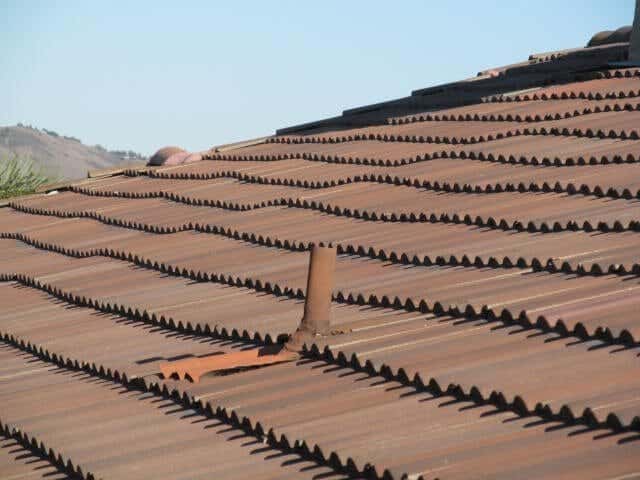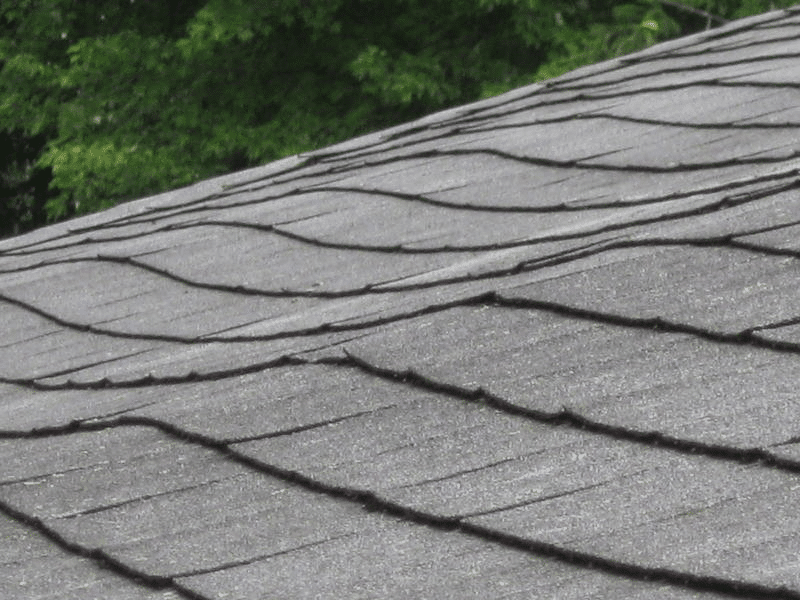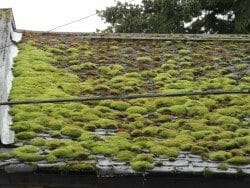Roof Waviness: Causes of Wavy Roofs
Published: August 27, 2014 Last Updated: July 30, 2018
Roofs may become wavy over time or they may have been built that way to start with. Most that become wavy, do so over time. The waviness generally does not cause a roof to leak but it may be architecturally unsightly or occasionally can indicate a structural problem.
Common causes:
- Poor framing practice is one of the more common reasons for roof waviness. The carpenter may have failed to put all of the crowns up on site framed roofs. When some of the crowns are up and some are down, then the roof has a wavy look, but it is still structurally sound.
- Rafters, if too far apart, may result in the plywood sagging or if the plywood is too thin for the weight it may sag.
- Occasionally the rafters may have a crack or the roof weighs too much for the rafter design load; perhaps two or three roofs over one another or a wood shingle roof was replaced by a heavier concrete tile roof. At times adding some additional support framing in the attic may help this issue.
- If the foundation or slab of the home is not level or perhaps shifted some due to settling or expansive soils, then the roof may be a little wavy.
Asking the home inspector about this and consulting with a roofing contractor should provide additional information.
Who to consult? Roofing contractor.Your home inspector is a good person to ask if he observed cracked or damaged framing members, and if so where. A roofing contractor generally can analysis the waviness and help you decide if it’s fine or if you may wish to make some changes or do further investigation.





Great website. We are in process of replacing our sagging roof in which your site gave me more information on the reasons for its condition
Thanks, Ron